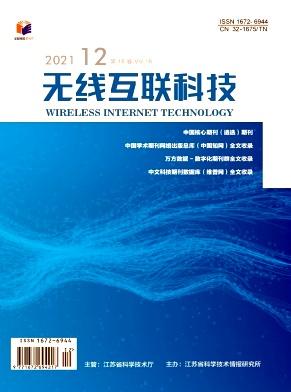High altitude platform system(HAPS) and co-existence with fixed satellite service(FSS) in frequency range 5850–7075 MHz
引用次数: 8
Abstract
HAPS has cropped up as a neoteric technology in the wireless communications field in recent years. The straightforwardness with which HAPS gets along with a telephone network service provider or the Internet, has made it to a unique feature of future wireless networks. Most HAPS' criteria have been well circumscribed by the International Telecommunication Union (ITU) or subscribed to in World Radiocommunication Conferences (WRCs). This procedure will prolong to function the various frequency ranges in future, most notably in WRC-12. To curb and clarify assessment probe, it should be explicated that FSS links are sited in C-Band frequency range to condense overwhelming conceivable propagation attenuation attributable to disproportionate rain amount in tropical and subtropical regions. Consequently, FSS uplink is ranged between 5925 and 6725 MHz. Where as, HAPS gateway links' frequency range is delineated between 5850 and 7075 MHz. Hence, FSS uplink intervenes with HAPS frequency range partially. Accordingly, HAPS spectrum sharing with FSS uplink in the Frequency range 5850–7075 MHz is appraised at this juncture. HAPS spectrum implementing in alluded frequency range instigates interference renowned as Co-Channel Interference (CCI). CCI reckoning is based upon Spectrum Emission Masks (SEM), Antennas' Radiation Pattern and Clutter Loss. The co-channel frequency deployment prospects are delved at this article.高空平台系统(HAPS)和在5850-7075 MHz频率范围内与固定卫星业务(FSS)共存
HAPS是近年来在无线通信领域兴起的一门新兴技术。HAPS与电话网络服务提供商或互联网的直接合作使其成为未来无线网络的独特功能。大多数HAPS的标准已由国际电信联盟(ITU)明确规定,或已在世界无线电通信大会(wrc)上得到认可。该程序将在未来扩展到各种频率范围,特别是在WRC-12中。为了抑制和澄清评估探头,应该说明FSS链路位于c波段频率范围内,以压缩热带和亚热带地区不成比例的降雨量导致的绝大多数可能的传播衰减。因此,FSS上行链路的范围在5925和6725 MHz之间。其中,HAPS网关链路的频率范围划定在5850至7075兆赫之间。因此,FSS上行链路部分干扰了HAPS频率范围。据此,在5850 ~ 7075 MHz频率范围内,评估了HAPS与FSS上行链路的频谱共享。在特定的频率范围内实现HAPS频谱会引发称为同信道干扰(CCI)的干扰。CCI的计算基于频谱发射掩模(SEM)、天线的辐射方向图和杂波损耗。本文将深入探讨同信道频率部署的前景。
本文章由计算机程序翻译,如有差异,请以英文原文为准。
求助全文
约1分钟内获得全文
求助全文

 求助内容:
求助内容: 应助结果提醒方式:
应助结果提醒方式:


